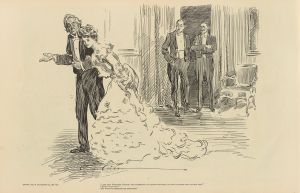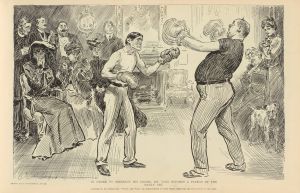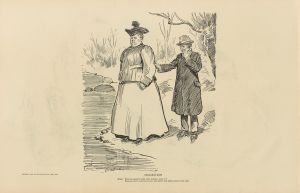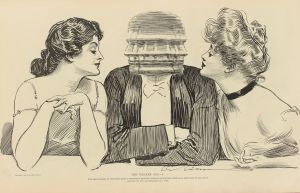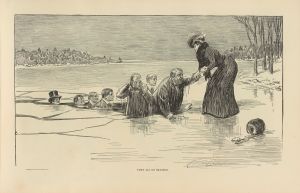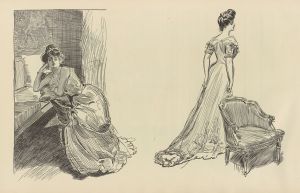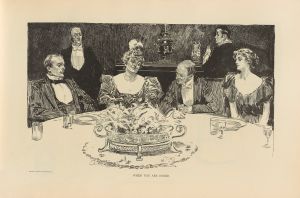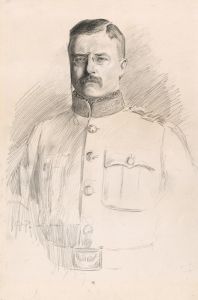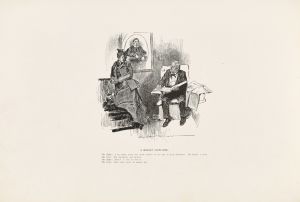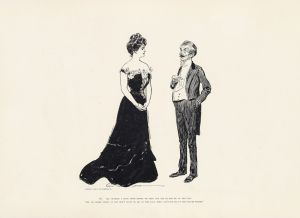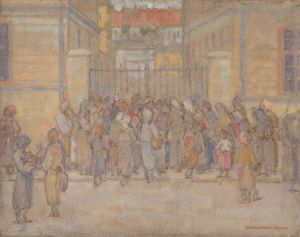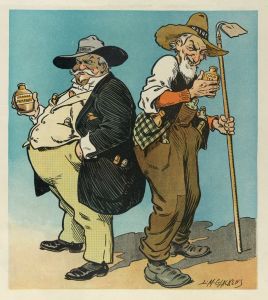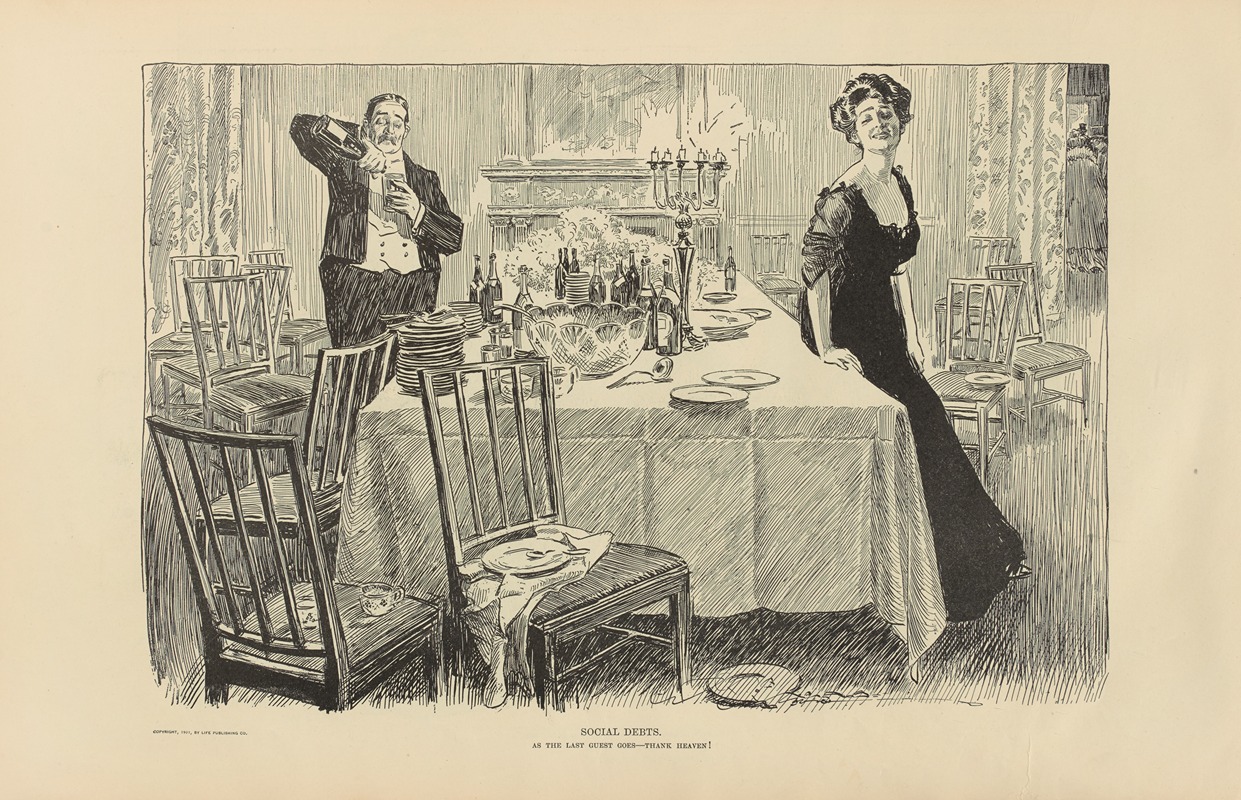
Social debts
A hand-painted replica of Charles Dana Gibson’s masterpiece Social debts, meticulously crafted by professional artists to capture the true essence of the original. Each piece is created with museum-quality canvas and rare mineral pigments, carefully painted by experienced artists with delicate brushstrokes and rich, layered colors to perfectly recreate the texture of the original artwork. Unlike machine-printed reproductions, this hand-painted version brings the painting to life, infused with the artist’s emotions and skill in every stroke. Whether for personal collection or home decoration, it instantly elevates the artistic atmosphere of any space.
Charles Dana Gibson was a prominent American illustrator, best known for his creation of the "Gibson Girl," an iconic representation of the American woman at the turn of the 20th century. His work was widely published in magazines such as Life, Harper's Weekly, and Scribner's, and he became one of the most celebrated illustrators of his time. Among his numerous works, "Social Debts" stands out as a notable piece, though specific details about this particular illustration are less documented compared to his more famous Gibson Girl series.
"Social Debts" by Charles Dana Gibson is an illustration that reflects the social dynamics and cultural norms of its era. Gibson's work often depicted scenes of high society, capturing the elegance and sometimes the absurdity of social conventions. His illustrations were characterized by their detailed line work and keen observation of social interactions, often infused with a sense of humor and satire.
The illustration "Social Debts" likely explores themes common in Gibson's work, such as the expectations and pressures of social life among the upper classes. While specific details about the content of "Social Debts" are not extensively documented, it can be inferred that the piece would align with Gibson's typical style, which often included fashionable men and women engaged in social activities, highlighting the nuances of their interactions.
Gibson's illustrations were more than just depictions of fashionable life; they were commentaries on the societal roles and relationships of the time. His work often portrayed women in a new light, as independent and confident, which was a departure from the more traditional representations of women in art. This approach resonated with the changing attitudes towards gender roles in the early 20th century.
The popularity of Gibson's work, including pieces like "Social Debts," was partly due to his ability to capture the spirit of the age. His illustrations were not only artistically impressive but also culturally significant, offering insights into the social fabric of the time. They were widely reproduced and became a part of the visual culture of the era, influencing fashion and societal perceptions.
While "Social Debts" may not be as widely recognized as some of Gibson's other works, it contributes to the larger body of his illustrations that collectively offer a window into the social life of the early 1900s. Gibson's legacy as an illustrator is marked by his skillful portrayal of the complexities of social interactions and his influence on the visual representation of American society.
In summary, "Social Debts" by Charles Dana Gibson is an illustration that exemplifies the artist's talent for capturing the essence of social life in his time. Although specific details about this work are limited, it remains a part of Gibson's influential oeuvre that continues to be appreciated for its artistic and cultural significance.





